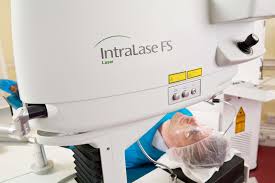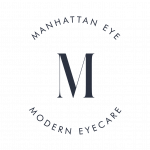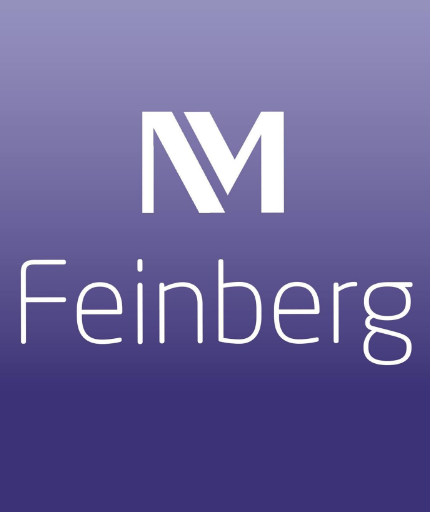BOTOX NYC
STATE OF THE ART LASIK TECHNIQUES
In New York City
Manhattan Eye uses state of the art LASIK technology and modern techniques for a safer and more precise correction surgery. Instalase, Wavefront Guided Custom Ablation and Alcon Contoura Vision are three examples of advancements used by Manahttan Eye today.
STATE OF THE ART LASIK IN NYC
INTRALASE FAQS
Why Intralase?
The advent of the IntraLase laser has helped make LASIK laser vision correction safer and more precise than ever before. The procedure is quiet, comfortable and allows patients who were not considered candidates for LASIK, even some with thin corneas, to achieve freedom from glasses and contact lenses.

What Is Intralase?
LASIK laser vision correction is essentially a two-step procedure. During the first step, a flap is created on the surface of the cornea. After the corneal flap is gently lifted, an excimer laser is used to reshape the cornea in the second step.
In traditional LASIK, the corneal flap is created with a mechanical device called a microkeratome. The microkeratome has a very sharp, precise blade that gently cuts a layer of the cornea at a predetermined depth. Conversely, the IntraLase is a femtosecond laser that creates the flap by generating microscopic bubbles below the corneal surface – without ever using a blade to cut. This is the arrival of bladeless, all-laser LASIK.
Unlike the mechanical microkeratome, the IntraLase allows us to more precisely program the dimensions of your corneal flap based on the shape of your eye and the specific refractive correction desired. Tiny, rapid pulses of laser light are focused at a precise depth and diameter determined by the surgeon. The laser light passes harmlessly through the cornea and creates rows of bubbles just beneath the surface of the cornea as it moves uniformly back and forth across the eye. The IntraLase laser then stacks bubbles around the diameter of the cornea to establish edges of the flap. The entire process takes approximately 20 seconds.
The advent of the IntraLase laser has helped make LASIK laser vision correction safer and more precise than ever before. The procedure is quiet, comfortable and allows patients who were not considered candidates for LASIK, even some with thin corneas, to achieve freedom from glasses and contact lenses.
WAVEFRONT GUIDED CUSTOM ABLATION FAQS
What is Wavefront Guided Custom Ablation?
Why is it Significant?
Custom ablations treat traditional eye problems such as myopia (nearsightedness), hyperopia (farsightedness), and astigmatism (irregularly shaped eye which causes blurred or double vision) as well as additional vision problems or optical irregularities which are known as higher-order aberrations. Custom ablations particularly benefit those patients with greater higher-order aberrations as well as patients who have larger-than-average pupil sizes prior to their surgery. Custom ablations are revolutionary inventions because they not only improve how much you can see but also how well you can see in terms of fine detail and contrast sensitivity. Because of this, there is less of a risk of postoperative complications from the LASIK procedure like glare, halos, or night vision difficulties. Custom ablations using wavefront technology also offer patients a higher possibility of attaining 20/20 vision or better.
Another exciting possibility with custom ablations is that patients who may have developed unwanted side effects such as glare or halos when using night vision from previous LASIK surgery may be able to get their eyes retreated using custom ablations to correct these unwanted side effects. The wavefront technology can create a custom map of these visual distortions, and custom ablations can be used to correct them. optical irregularities which are known as higher-order aberrations. Custom ablations particularly benefit those patients with greater higher-order aberrations as well as patients who have larger-than-average pupil sizes prior to their surgery.
Another exciting possibility with custom ablations is that patients who may have developed unwanted side effects such as glare or halos when using night vision from previous LASIK surgery may be able to get their eyes retreated using custom ablations to correct these unwanted side effects. The wavefront technology can create a custom map of these visual distortions, and custom ablations can be used to correct them.





